Lychee (Litchi chinensis)—a fruit as exotic as it is exquisite—is a tropical delicacy known for its juicy, translucent flesh and sweet floral flavor. Wrapped in a rough, red rind and revered for its cooling effects, the lychee has enchanted taste buds across continents. Its popularity is steadily growing in global markets, with rising demand in countries such as the United States, Canada, Australia, and Europe.
But when it comes to large-scale cultivation, China holds the crown as the most famous and largest producer of lychees in the world. In this article, we’ll explore why China leads in lychee production, what makes its environment ideal, how other countries compare, and the fruit’s cultural and economic significance.
A Brief History of Lychees
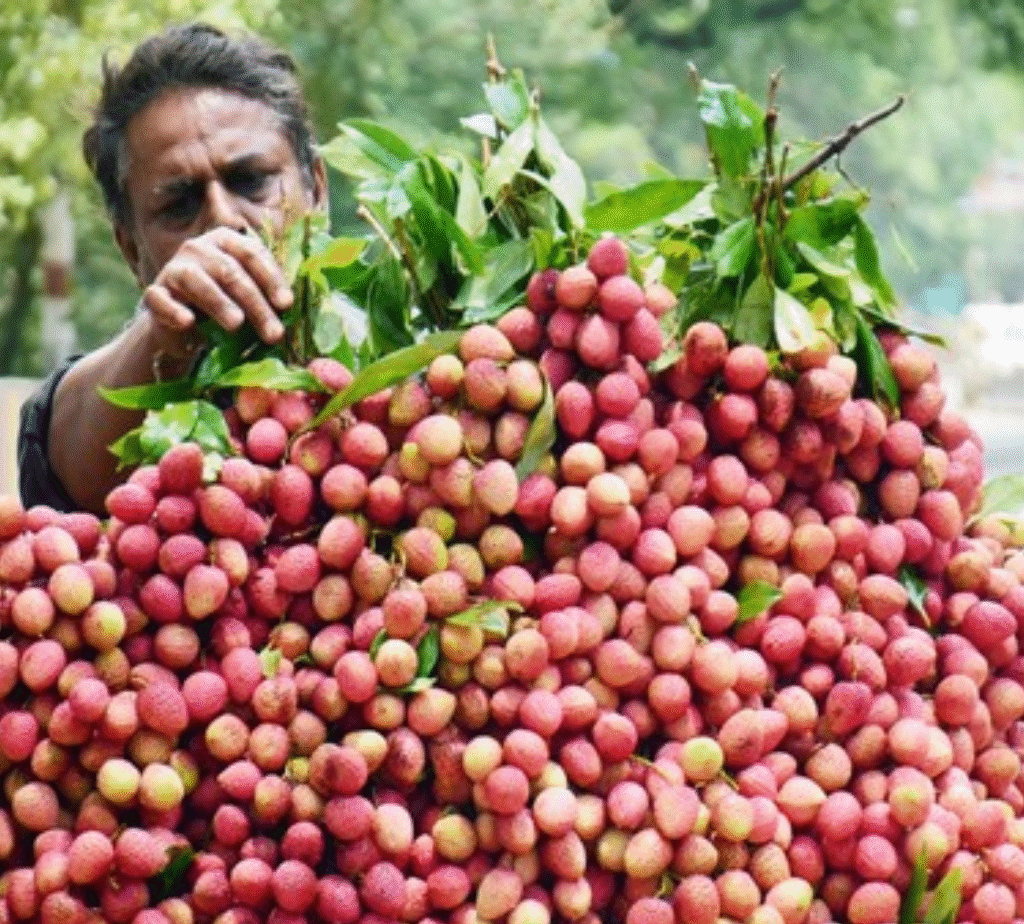
Native to southern China and parts of Southeast Asia, lychees have been cultivated for more than 2,000 years. Chinese emperors of the Tang Dynasty treasured lychees so much that royal messengers were tasked with delivering them fresh across vast distances. From its beginnings in China, the fruit gradually spread to India, Thailand, Vietnam, and eventually to the Caribbean and the Americas.
Today, lychees are grown in many tropical and subtropical regions, but no country matches China’s scale or legacy in lychee cultivation.
China: The Global Powerhouse of Lychee Production
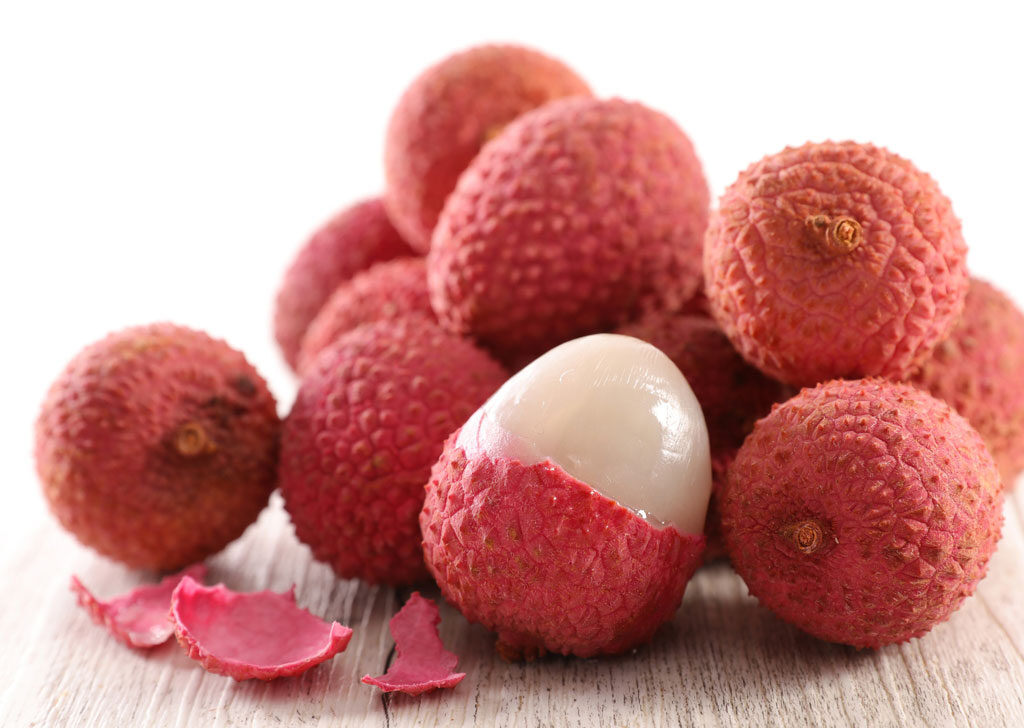
1. Leading the World in Quantity
According to the Food and Agriculture Organization (FAO) and other agricultural databases, China produces over 2 million metric tons of lychees annually, accounting for approximately 50–60% of the global supply. This makes it not only the largest producer but also the most recognized country for lychee cultivation worldwide.
2. Key Growing Regions
China’s southern provinces provide optimal growing conditions. The major lychee-producing provinces include:
- Guangdong: The largest lychee-growing province in China. Cities like Zengcheng and Huizhou are especially famous.
- Guangxi: Known for late-season lychee varieties.
- Fujian, Hainan, Yunnan, and Sichuan: These regions also contribute to the total production, offering different harvest windows.
3. Ideal Climate and Geography
Lychee trees thrive in warm, humid climates with short dry winters. China’s southern belt meets these criteria with:
- Subtropical to tropical conditions
- Well-drained, fertile soils
- Sufficient rainfall and irrigation networks
- Varied elevations, allowing for staggered harvests across different altitudes
4. Varietal Richness
China is home to over 200 lychee cultivars, offering a diversity of tastes, textures, and harvest seasons. Some of the most popular Chinese varieties include:
- Feizixiao (Concubine’s Smile): Juicy, sweet, and nearly seedless.
- Nuomici (Glutinous Rice Lychee): Exceptionally fragrant and soft.
- Guiwei: High sugar content with small seeds.
- Sanyuehong: Early-ripening variety.
This varietal diversity helps ensure a consistent supply from May through August.
5. Economic and Cultural Significance
Lychees play a major role in China’s agricultural economy:
- Domestic Market: Incredibly high domestic demand, especially during the summer months and festivals.
- Exports: Though domestic consumption dominates, exports are growing, especially to Southeast Asia, the Middle East, and Europe.
- Cultural Celebrations: Lychees are symbols of romance and prosperity in Chinese culture and are often featured in literature, traditional medicine, and ceremonies.
India: The Second-Largest Lychee Producer
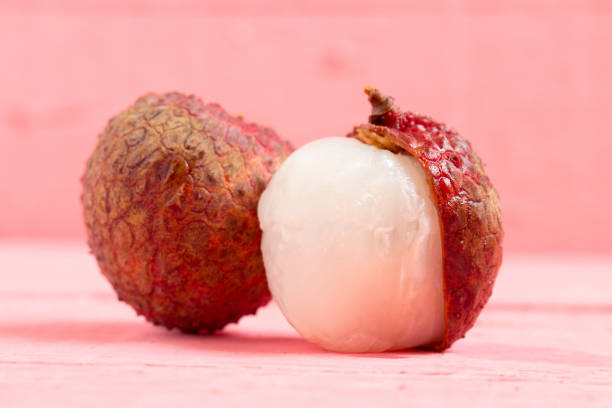
1. Production Capacity
India ranks second globally, producing around 700,000 to 800,000 metric tons of lychees annually. The fruit is cultivated in the northern and eastern parts of the country.
2. Bihar: The Lychee Capital of India
The Muzaffarpur region in Bihar is renowned for the Shahi lychee, which has a Geographical Indication (GI) tag due to its unique flavor and aroma. Other states producing lychees include:
- Uttar Pradesh
- West Bengal
- Jharkhand
- Assam
3. Varietal Diversity
India also boasts distinct lychee varieties:
- Shahi: High pulp content, rich flavor.
- China: Larger in size and popular across states.
- Early Seedless: Favored for its early ripening.
4. Export Markets
India exports lychees to the Gulf countries, the UK, and some Southeast Asian nations. However, due to perishability and lack of cold-chain infrastructure, India’s exports are far behind China’s.
Other Notable Lychee-Producing Countries
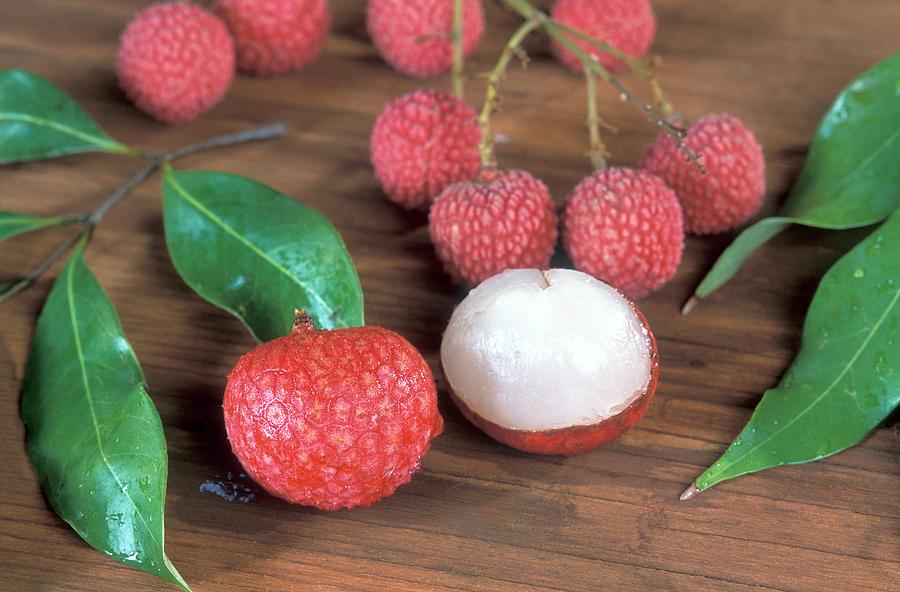
Thailand
Thailand is a significant producer in Southeast Asia, especially in the northern provinces like Chiang Mai and Chiang Rai. Thai lychees are known for their sweetness and are often consumed domestically and in regional markets.
Vietnam
Vietnam grows lychees mainly in Bac Giang and Hai Duong provinces. The country produces both domestic varieties and has been expanding its export reach to China, Australia, and Japan.
South Africa
South Africa is a major supplier of lychees to the European market, especially during the off-season months of November to January. The Mpumalanga and Limpopo provinces are key production zones.
Australia
Australia produces lychees primarily in Queensland and Northern New South Wales. It is known for high-quality fruit with a focus on export to Asia and the United States.
Madagascar
Madagascar is a key off-season supplier of lychees, especially to Europe. It offers exports from November through January, bridging the seasonal gap.
Climatic and Environmental Needs for Lychee Cultivation
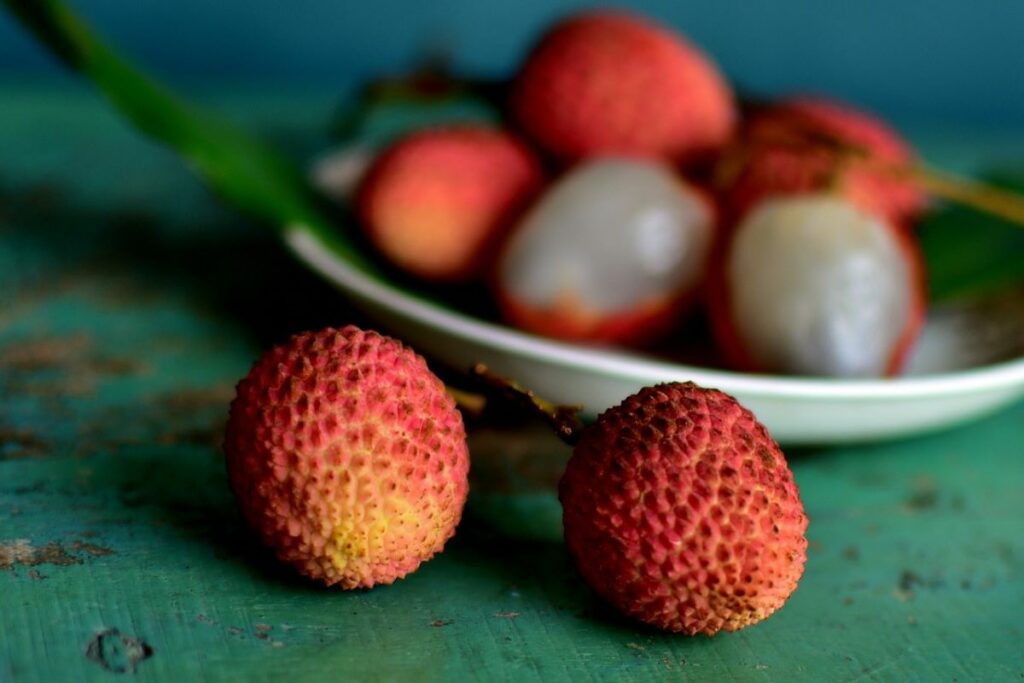
Lychee trees are sensitive and require specific conditions for successful growth:
- Temperature: 20–35°C, with cool winters for floral induction.
- Rainfall: Moderate to high (1000–2000 mm annually), but waterlogging must be avoided.
- Soil: Well-drained, slightly acidic to neutral soils.
- Elevation: Often grown at elevations up to 1,000 meters for better quality and longer harvest windows.
- Pollination and Care: Pollinators like bees are essential, and protection against pests like fruit borers is critical for good yields.
China’s diversified topography and advanced farming practices allow it to manage these needs exceptionally well.
Global Lychee Market Trends
- Growing Demand: Lychees are increasingly popular in global markets, especially in health-conscious and gourmet culinary circles.
- Processing Growth: In addition to fresh consumption, lychees are now used in canned fruits, juices, jams, desserts, and even alcoholic beverages.
- Organic Farming: There’s growing demand for organically grown lychees, particularly in Europe and the United States.
- Cold Chain Expansion: Improved logistics and refrigeration have allowed lychees to be shipped fresh over long distances.
Challenges Facing Lychee Producers
Despite its popularity, lychee farming faces several challenges globally:
- Perishability: Lychees have a short shelf life and oxidize quickly after harvest.
- Climate Change: Shifts in flowering times and increased pest pressure are affecting yields.
- Export Barriers: Countries like India and Vietnam struggle with cold-chain logistics, while others face phytosanitary restrictions in major markets.
China, with its superior infrastructure and research institutions, continues to stay ahead despite these challenges.
Conclusion
When it comes to lychee production, China stands tall as the undisputed global leader. Its rich history, ideal growing conditions, vast varietal portfolio, and advanced agricultural techniques make it the most famous and dominant country in the lychee industry.
While India, Thailand, Vietnam, and other countries also play crucial roles, none match the scale, diversity, and influence of China’s lychee sector. As global interest in this refreshing tropical fruit continues to rise, China is poised to remain the world’s lychee powerhouse for years to come.
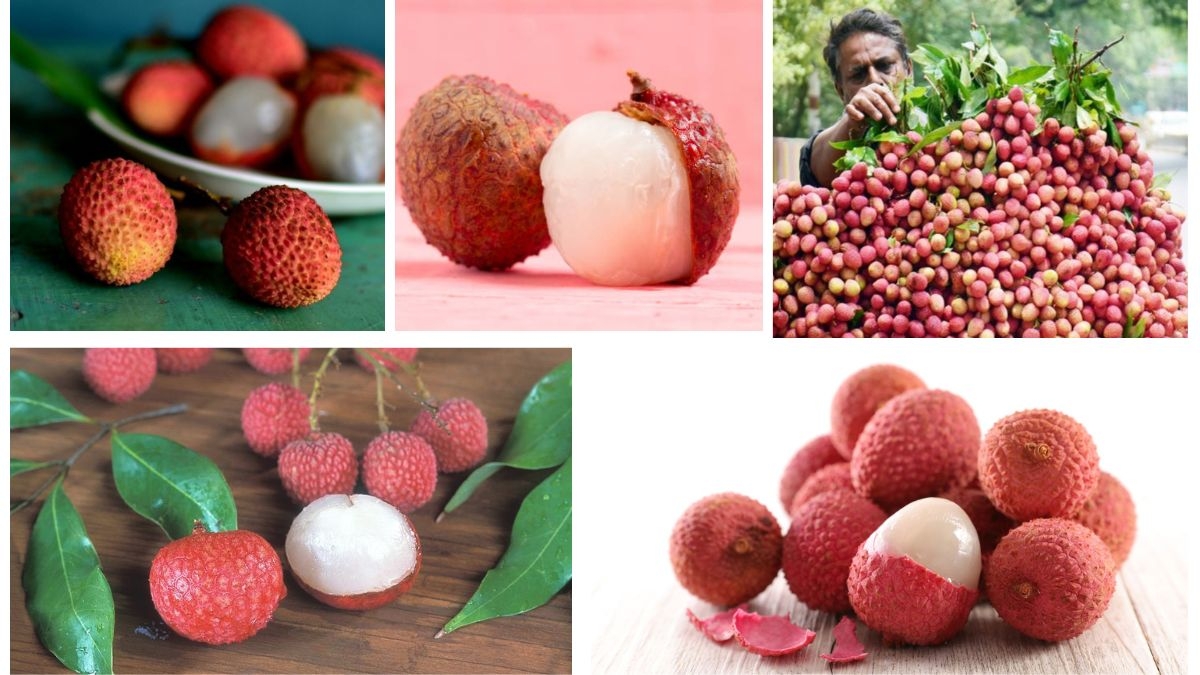



Leave A Comment